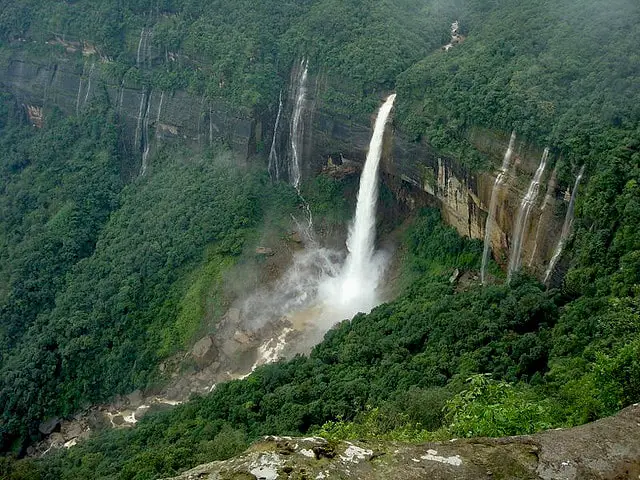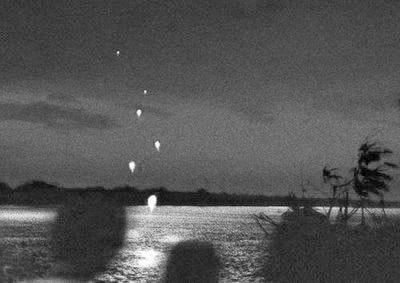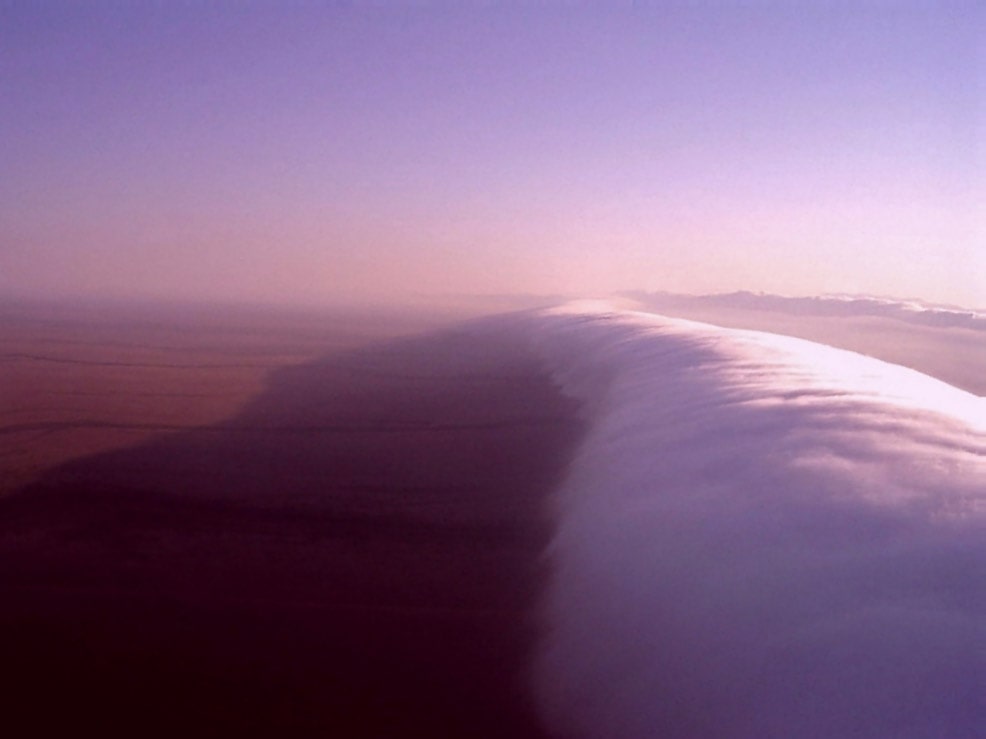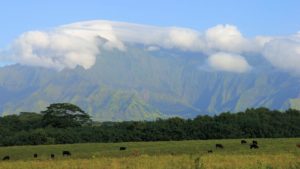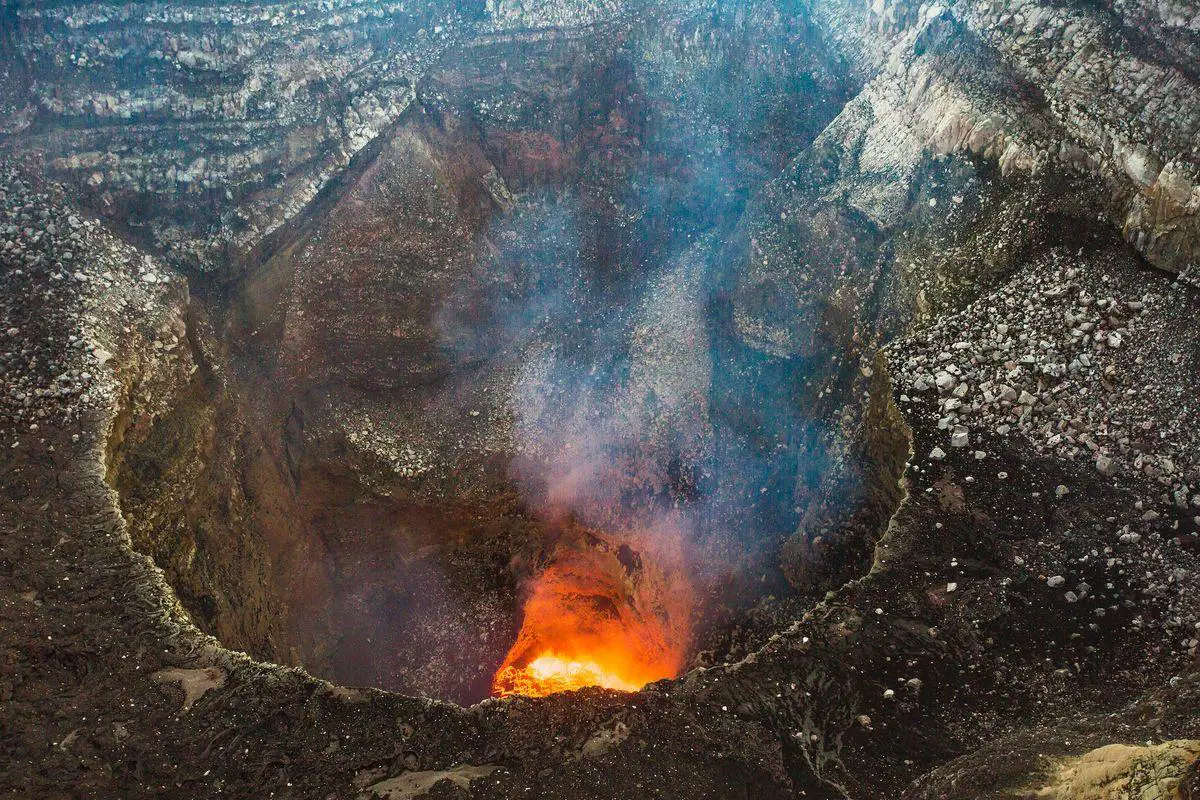Wondermondo 🢖 Categories of wonders 🢖 Geological wonders 🢖 Places with meteorological phenomena
Category
Places with meteorological phenomena
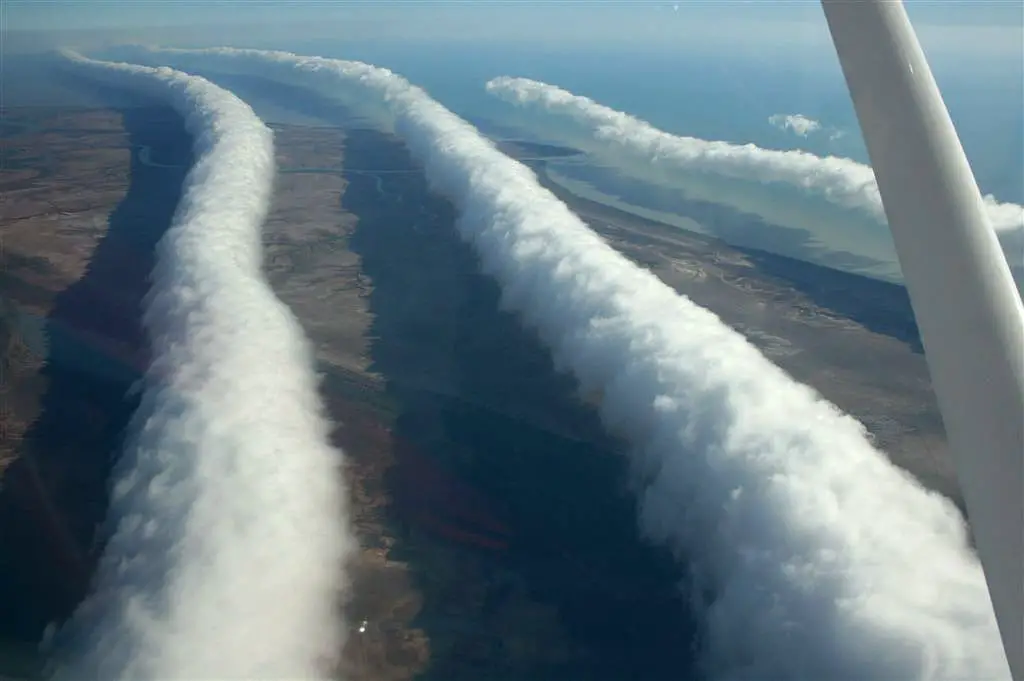
 Described places with meteorological phenomena
Described places with meteorological phenomena
If you see this after your page is loaded completely, leafletJS files are missing.
 What is included in this category?
What is included in this category?
Unusual weather conditions can happen in any place in the world. But there are locations where unusual meteorological phenomena are observed frequently – even every day.
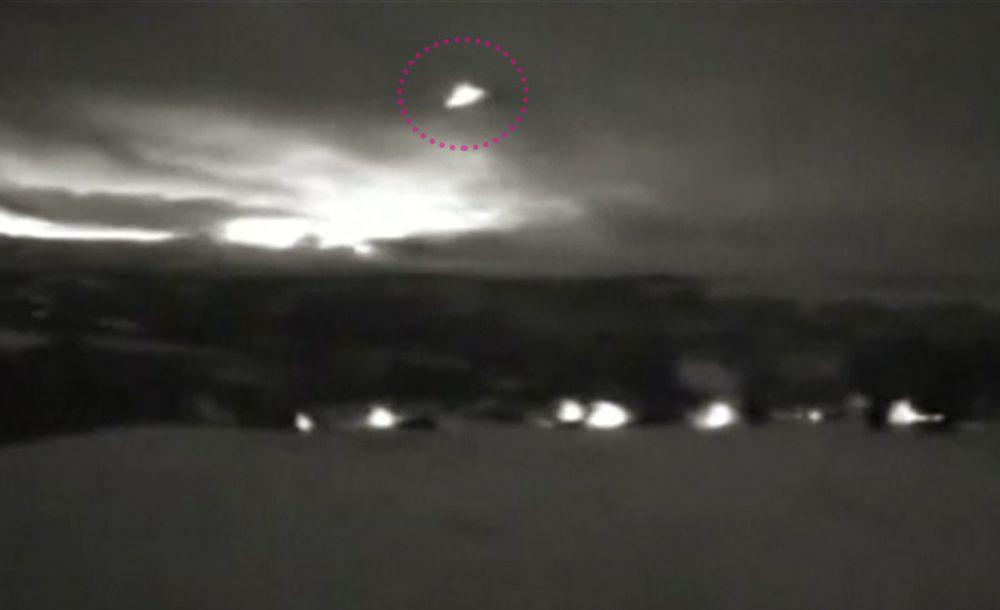
There are not too many landmarks in this category – but several of them – like Naga fireballs of Mekong or Morning Glory of Carpentaria Gulf – are highly unusual and unique.
In general the sites of meteorological phenomena can be divided into three kinds:
- Sites of weather extremes. Sometimes these are just figures – one certain locations has a bit higher mean annual precipitation than the other. But sometimes extreme weather conditions come with weird, unprecedented additional effects – like the unique nitrate deposits around Yungay in Chile.
- Sites of earthlights. In some locations there on a regular basis are observed weird lights. This might sound like ghost story – but this happens in reality!
- Other meteorological phenomena. So unique that they do not fit into any categories.
 Top 25 places with meteorological phenomena
Top 25 places with meteorological phenomena
Africa
Kifuka – place where lightning strikes most often
Democratic Republic of the Congo
Each km² around Kifuka is hit with lightning on average of 158 times per year. Thus Kifuka has the greatest lightning flash density in the world.
Antarctica and Subantarctic islands
McMurdo Dry Valleys
Antarctica
Another contender for the honor of the driest place on Earth, this valley has not seen precipitation for more than thousands of years, and moisture (some 30 mm per year) reaches it from the meltwater. Any moisture is removed from here by extremely powerful winds. A unique ecosystem of microorganisms.
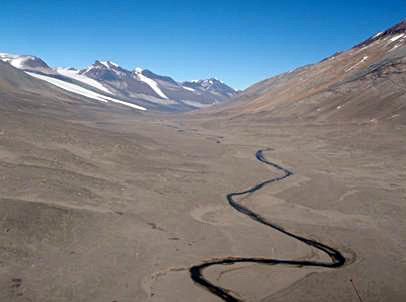
Katabatic winds at Commonwealth Bay
Antarctica
Windiest place on Earth with very frequent storms. The speed of wind here occasionally exceeds 90 m/s – 320 km/h. These specific winds are called katabatic winds and these can last for days. Fast-moving ice crystals may cause unusual electric effects.
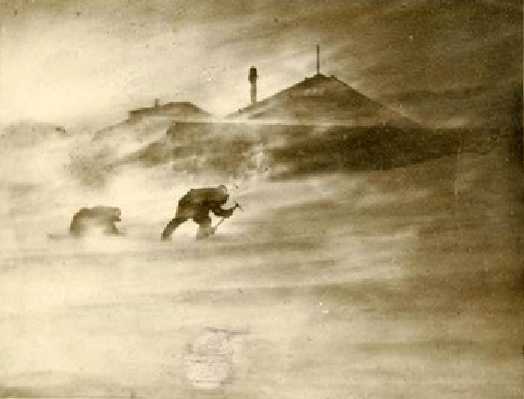
Mount Asphyxia (Mount Curry)
South Georgia and the South Sandwich Islands (United Kingdom)
A volcano that rises 550 m tall. Often emits suffocating fumes, which, together with the guano of some 2 million chinstrap penguins (Pygoscelis antarctica) creates an unbearable stench.
Dome Valkyrie (Dome F, Dome Fuji)
Antarctica
One of the contenders for the coldest place on Earth, located in the Antarctic desert some 3800 m above sea level. The coldest measured temperature is -91.2° C: a world record.
Asia
Cherrapunji
India
The rainiest site in the world, except for the nearby Mawsynram. Cherrapunji nowadays gets 11,430 mm per year. In some years rainfall is much higher – up to 24,555 mm in Cherrapunji. Most of the rain falls in June – August.
Gandom Beryan in Lut Desert
Iran
Lifeless desert with dark lava surface. According to the satellite data surface of this desert heats up to 71° C – which makes this the hottest land surface on Earth. The temperature of the atmosphere here often is above 50° C. This is also one of the driest places on Earth.
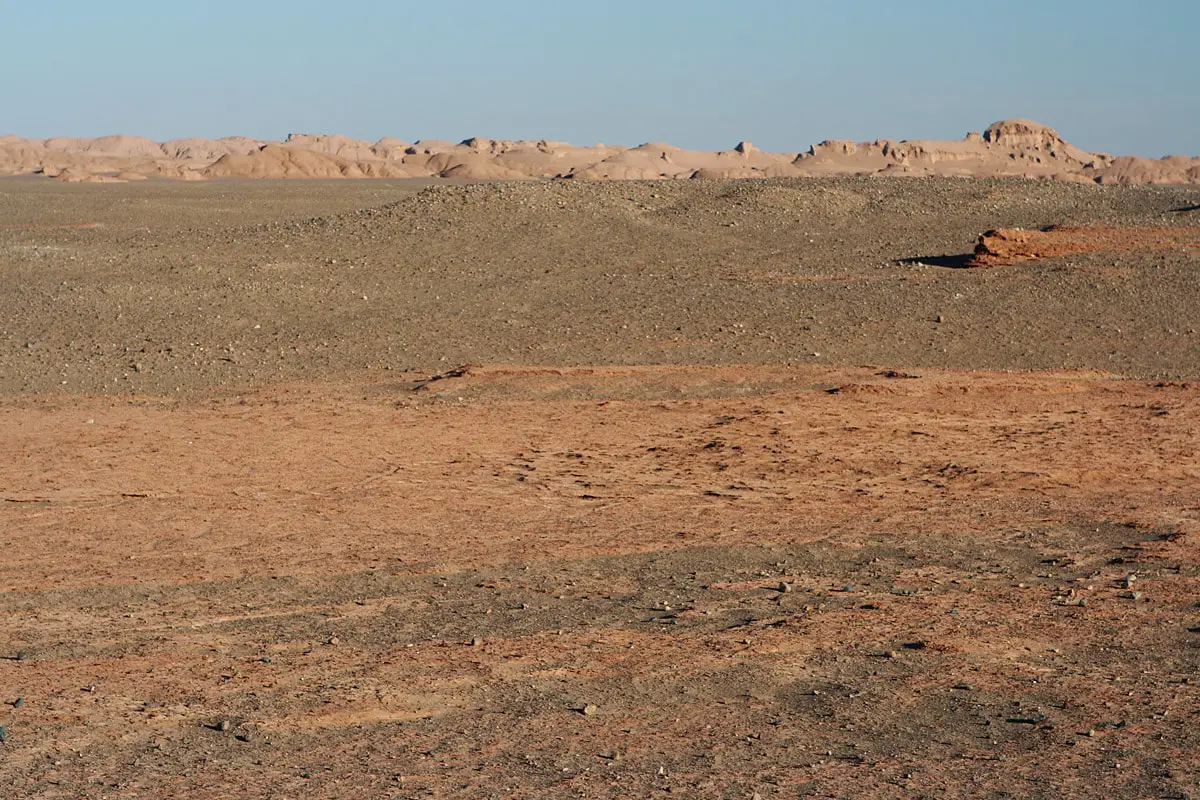
Naga fireballs of Mekong
Laos / Thailand
Unique phenomenon – glowing reddish balls rising from the water of the Mekong River and going upwards in the air. Local people even organize festivities at late nights in October to observe this weird sight. Sometimes there are seen thousands of such balls per night. It is possible that this is the combustion of gases emanating from the river sediments.
Markansu Desert (Valley of Tornadoes)
Tajikistan
A broad, flat, almost lifeless plateau between mountain ridges, located at the height of 4 km above sea level. This is a place with an extremely harsh climate, constant strong winds, and storms. Very frequently can be observed dust devils and small tornadoes.
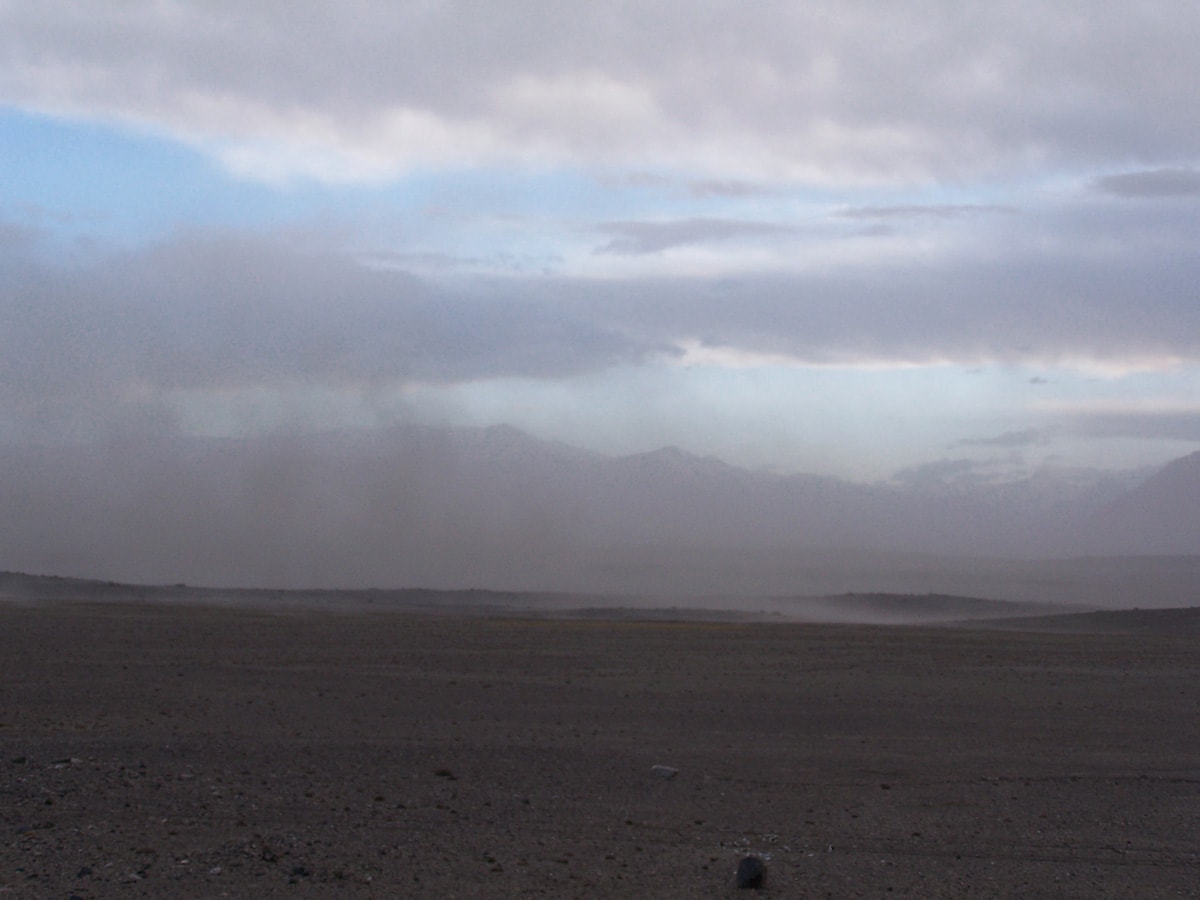
Mawsynram
India
A town with the highest measured rainfall in the world. Mawsynram gets 11,873 mm per year – 20 times more than in London. Most of the rain falls in June – August.
Roopkund – Skeleton Lake
India
At this glacial lake at great height were found more than 500 skeletons of pilgrims. These people died around the 12th – 15th century AD. Further studies of the damage to their skulls have shown that these people died from sudden hailstorms – there was no shelter and people died from falling iceballs.
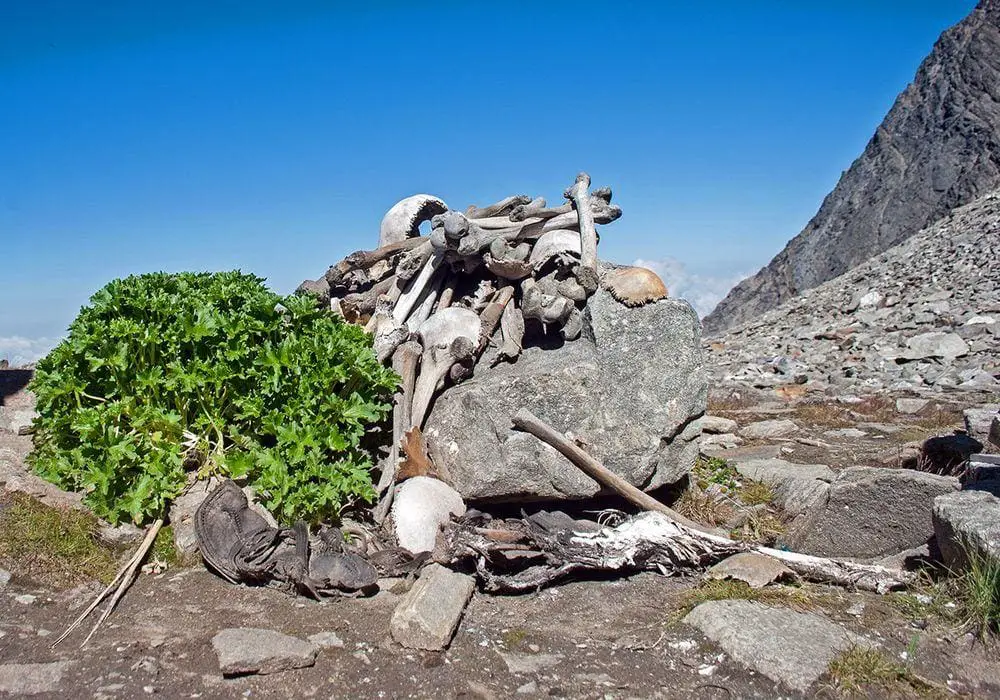
Chir Batti
India
Unexplained phenomenon – dancing lights are seen on dark nights above Banni grasslands and Rann of Kutch salt flats. Known to local people since ancient times and multiple times seen also by foreign biologists.
Australia and Oceania
Morning Glory clouds of Carpentaria Gulf
Australia
A unique phenomenon, characteristic of the region at the southern part of Carpentaria Gulf. Here in the springs early in the morning special conditions form up to 1000 km long roll clouds, providing unique sight.
Benbow Crater with a lava lake
Vanuatu
A spectacular, very deep hole with vertical walls where for the most time is observed a lava lake. Acid rain formed by the gases from craters has burned approximately 100 km² large plain in the jungle of Vanuatu. Here live specially adapted organisms – insects, and orchids.
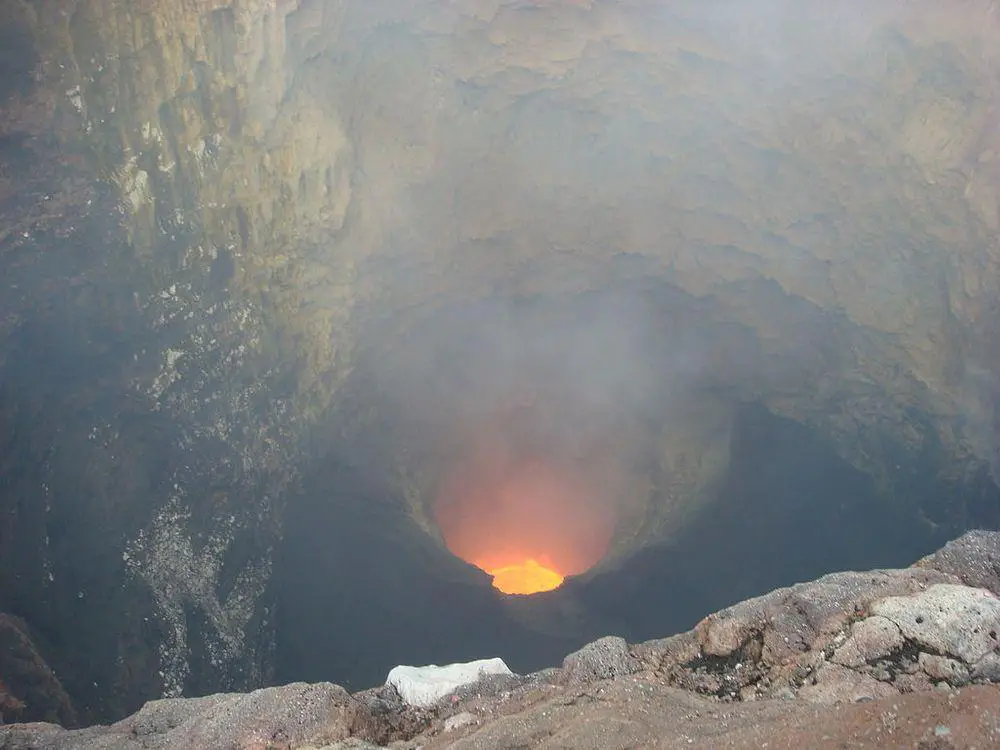
Mount Waialeale
The United States, Hawaii
One of the wettest places on Earth with an average rainfall of 9,500 mm. Here has formed a swampy biotope with numerous unique species. Numerous waterfalls – Wai’ale’ale Falls – are falling along the 600 m high wall of the crater. There is a wetter place in Hawaii – Big Bog in Maui.
Ka’u Desert
The United States, Hawaii
Unusual natural phenomenon: a desert of dried lava that is devoid of any vegetation. Although the rainfall here exceeds 1,000 mm per year, the rain is acid due to nearby volcanic vents and this eliminates any plants. Often the area becomes dangerous due to poisonous gas blows.
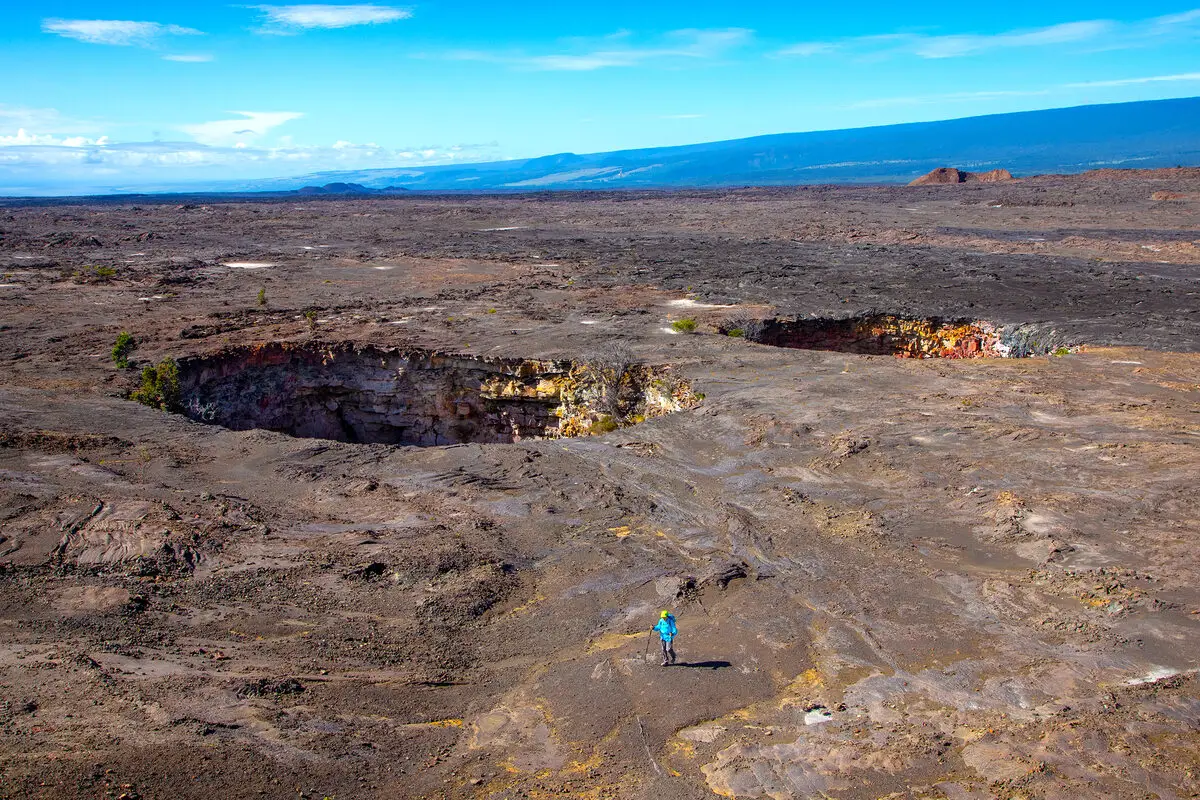
Ambrym volcano acid rain
Vanuatu
Acid rain formed by the gases from volcanic craters has burned approximately 100 km² large plain in the jungle of Vanuatu. Here live specially adapted organisms – insects, and orchids.
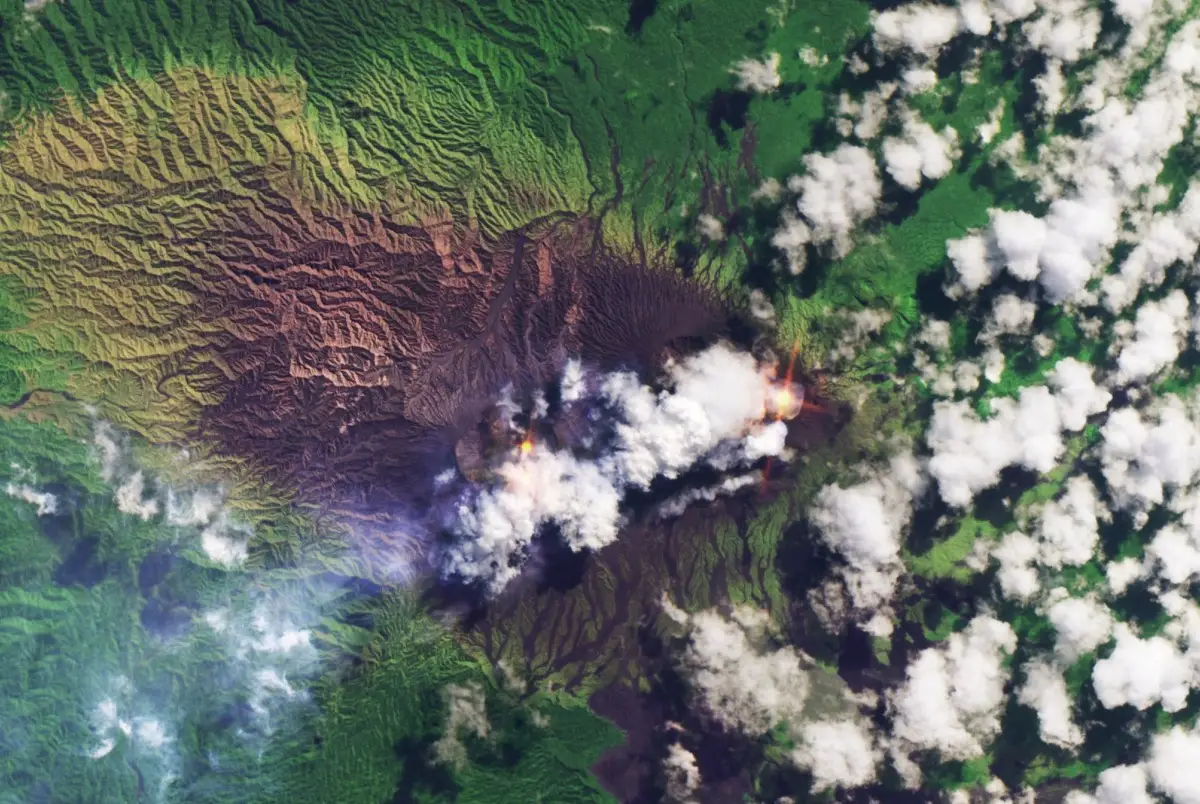
Europe
Hessdalen lights
Norway
In the valley of Hessdalen frequently are seen unexplained light phenomena. More than 20 years long scientific research on this phenomenon has not provided a convincing explanation of this phenomenon.
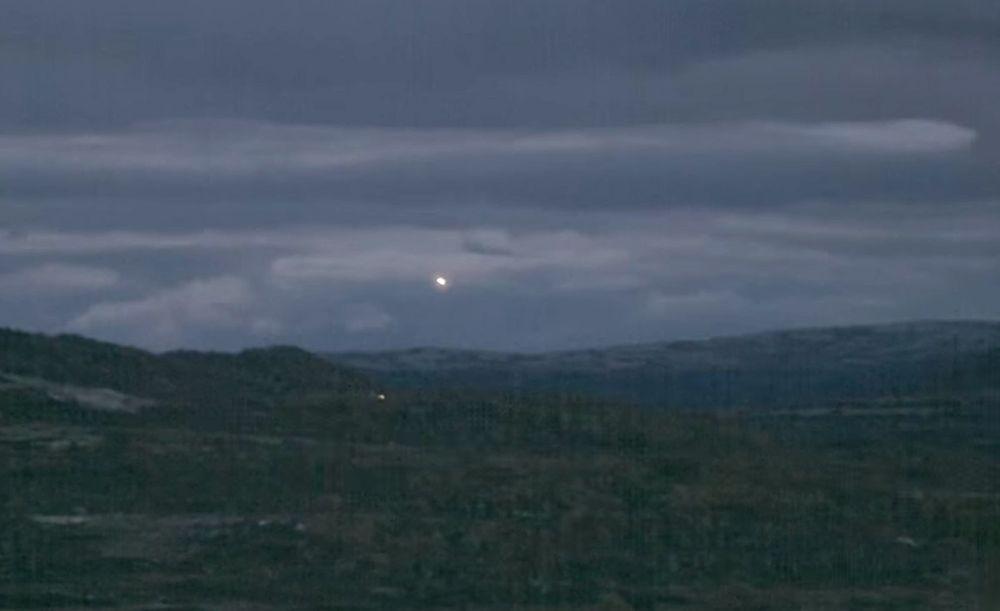
Paasselkä devils
Finland
Light phenomena occasionally appear above Lake Paasselkä and areas near it, mentioned since the 18th century. Usually, it is a ball of light that sometimes behaves as if has its own will. Paasselkä lake is located in a meteorite crater.
North America
Masaya volcano
Nicaragua
Very active and unusual volcano (635 m) with several active craters. One crater contains molten lava, and the Santiago crater emits large amounts of sulfur dioxide that created acid rain and eliminated vegetation around the volcano. Masaya crater contains intermittent lava lakes – in 1670 inside the Nindiri crater it was up to 1 km large, by far the largest known lava lake.
Poas Volcano and Laguna Caliente
Costa Rica
Very active and unusual volcano with Laguna Caliente – a lake of extreme acidity reaching up to 0.0 pH. Frequent phreatic eruptions may eject this acid up to 1 kilometer high. Around the volcano, all the vegetation is stunted brown and black by the extremely acid clouds coming from this lake.
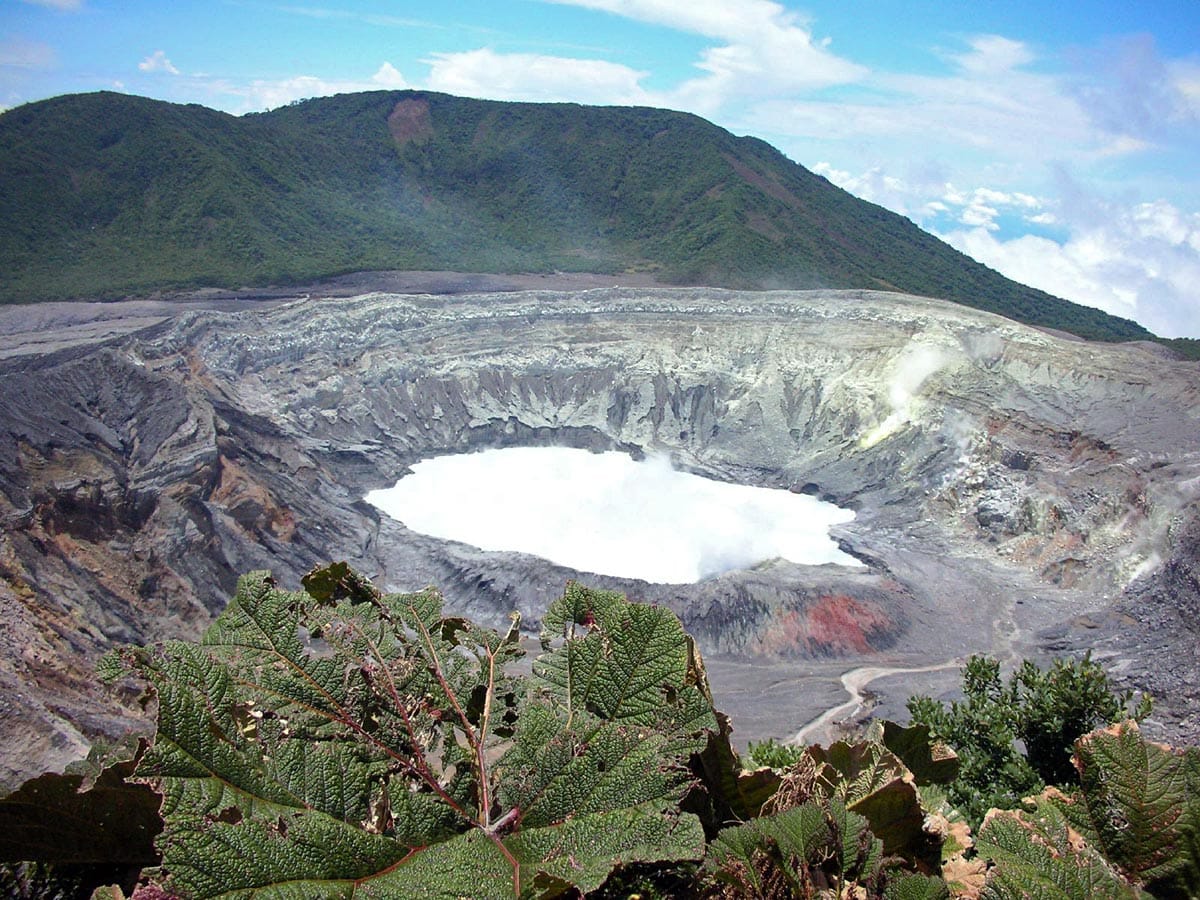
Yoro Fish Rain (Lluvia des Peces)
Honduras
For more than a century a few times a year in May – July there is witnessed rain that leaves rather small but live fish of one certain freshwater fish species on the ground. Local people just gather the fish – it is very tasty! This phenomenon has no explanation yet.
South America
Yungay
Chile
The driest place in the world without any signs of life. Only a few specific microorganisms – extremophiles – are present here. Some areas are rich with nitrates – easily soluble minerals that in other circumstances are consumed by organisms. Here rich nitrate deposits have been formed from atmospheric nitrogen, possibly by lightning.
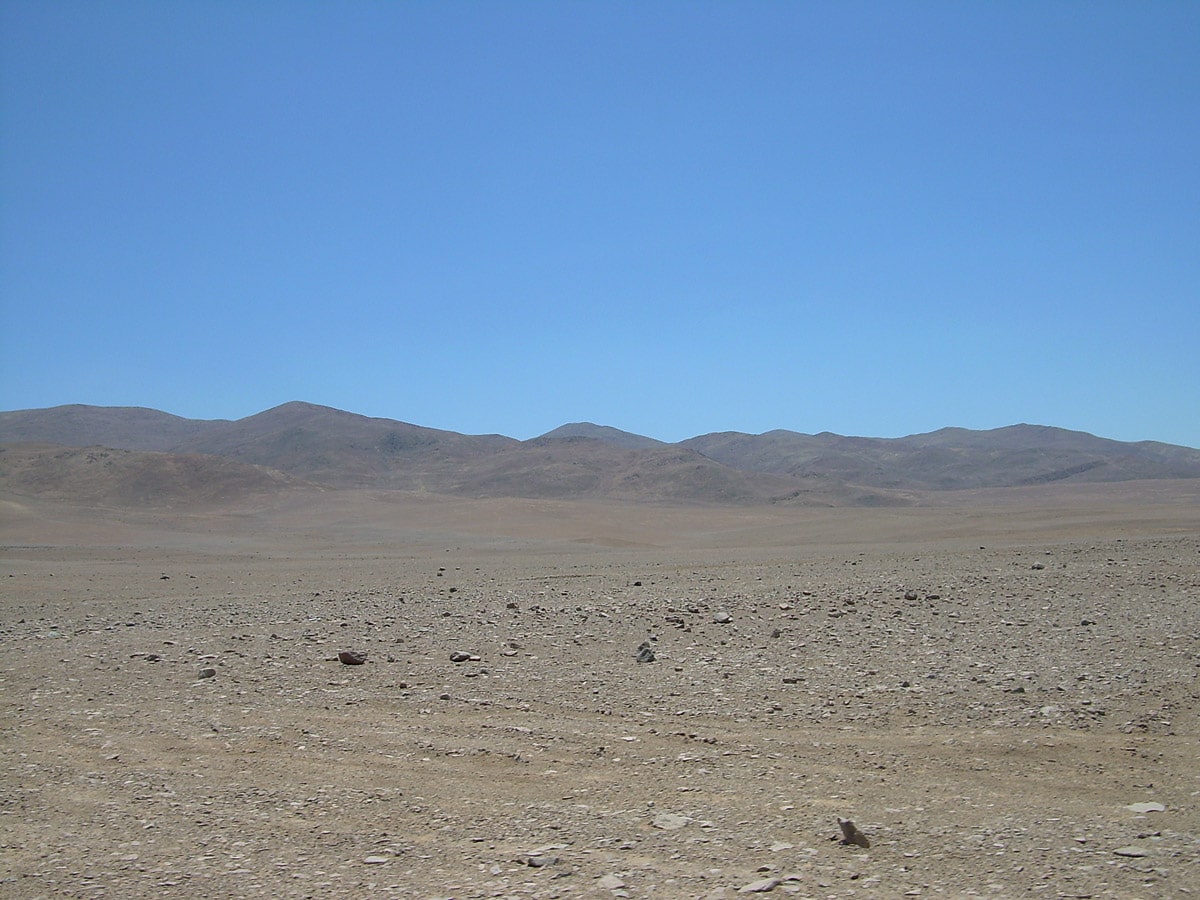
Catatumbo lightning (“Lighthouse of Maracaibo”)
Venezuela
In the marshy delta of the Catatumbo River, during 140 – 160 days and nights (10 hours mainly in the afternoons) a year there is almost continuous powerful lightning. This location is the world’s most powerful generator of tropospheric ozone.
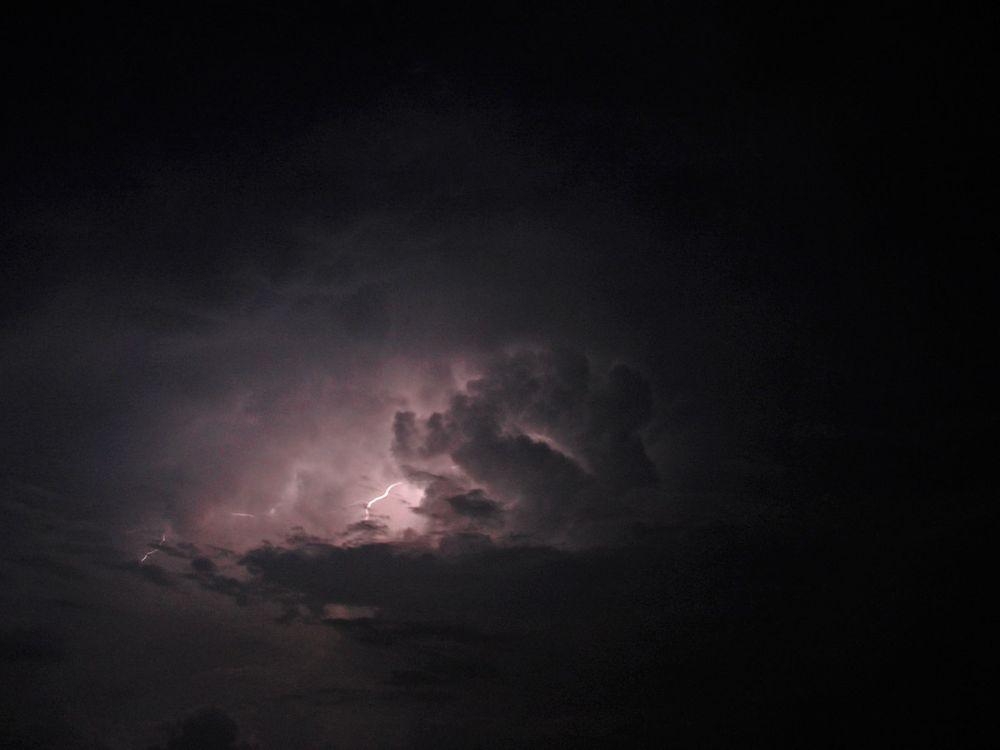
Lloro
Colombia
This town has the highest average annual precipitation – 13,300 mm per year. Contrary to Cherrapunji and Mawsynram, here is not a pronounced rain season – here it rains every day.
 Recommended books
Recommended books
Lights in the Sky: Identifying and Understanding Astronomical and Meteorological Phenomena
Many lights and other objects in the sky go unrecognized or at least are little understood by those observing them. Such things range from the commonplace like rainbows and meteors to the distinctly unusual like the green flash and ball lightning. And there is still a residuum of objects that remain unidentified by the watcher – classed generally as ‘UFOs’, a description which today has connotations of the mysterious, even of extraterrestrial visitors.
Lightning, Auroras, Nocturnal Lights, and Related Luminous Phenomena
A fine collection of oddball natural phenomena – an easy page-turner, good middle-ground between the paranormal and natural science. Genuine mysteries surround many of the luminous phenomena described in this volume, providing a fertile ground for scientific exploration.

